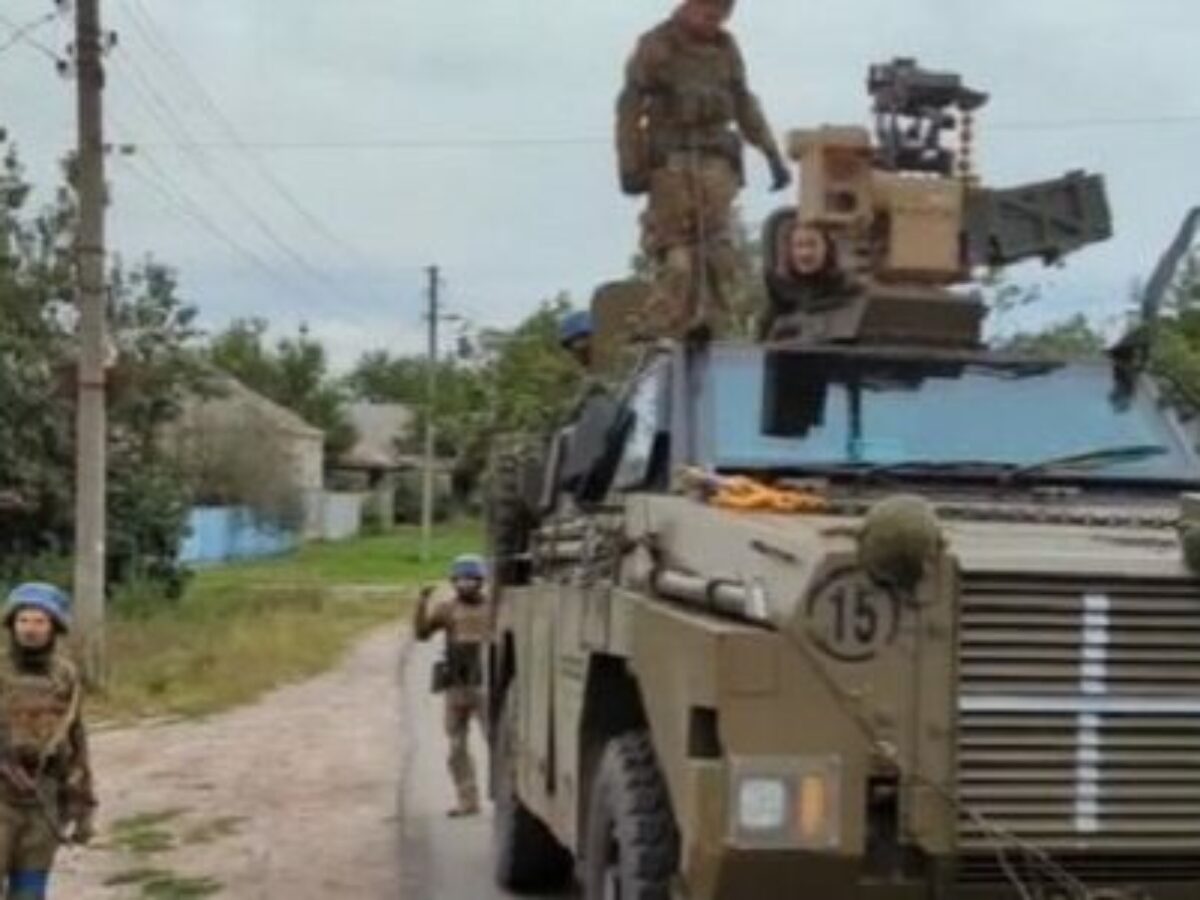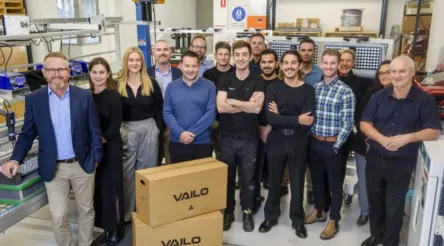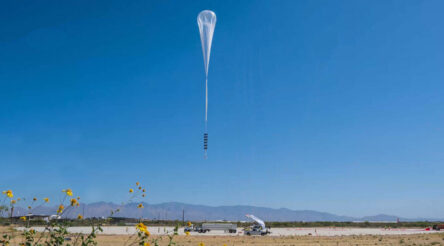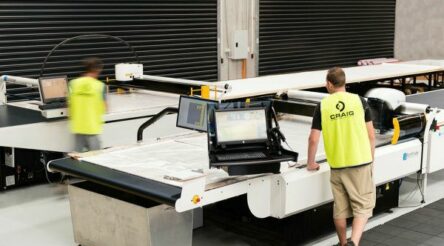Land Forces 2022 – learning lessons from Ukraine by Gregor Ferguson

Today our special editorial series Land Forces 2022 asks the question of the moment – what are the lessons Australia can draw from Russia’s largely land war against Ukraine? Gregor Ferguson reports.
Russia’s invasion of Ukraine is the gift that keeps on giving for defence analysts.
The Russians have committed just about every cardinal sin relating to logistics, tactics, strategy and the sustainment of equipment.
The propensity for Russian T-72 tanks and BMP Armoured Personnel Carriers (APC) to blow up or burst into flames suggests they all suffer from similar, systemic design faults.
Actually, they do – but that’s not the key reason they’re being picked off so easily, and we need to be careful what lessons we take away from this conflict.
Strangely, (because they are brilliant military theorists) the Russians haven’t used their armour correctly.
In modern warfare you blend armour and infantry: the two protect each other. If you send in tanks by themselves, they are vulnerable to anything from a Molotov cocktail to a Switchblade anti-tank ‘drone’ – as the Russians have demonstrated.
Their tactics, or lack of them, in Ukraine are an enduring mystery.
For this reason, I’m going to say something unpopular – the Australian Army needs its tanks and planned Infantry Fighting Vehicles (IFVs) and shouldn’t allow them to be taken away and the money diverted to ships and aircraft.
Why? Because armour matters. One example (of many): Australian infantry casualties in Vietnam fell sharply when the Army started using its Centurion tanks to support infantry in the jungle.
The Centurions were immune to Vietcong rifle and machine gun fire but could destroy enemy bunkers from a kilometre away. Diggers didn’t have to risk their lives storming them.
Tanks and IFVs are highly protected and carry comprehensive sensor and communications systems that dismounted troops can only dream about.
Modern tanks and IFVs can watch the battlefield by day and night, sharing situational awareness such as updated maps and enemy locations automatically using their radio links.
The ADF has modern M1A1 tanks and Boxer 8×8 reconnaissance vehicles; by the end of this year we should know whether the Army will acquire Rheinmetall’s Lynx IFV or Hanwha’s Redback. Either would do an excellent job.
But we’ll need more than the 300 vehicles the two manufacturers were asked to quote on earlier this year, having first quoted on 450.
And we’ll need more ammunition than you’d believe possible, along with vastly more anti-tank missiles, artillery, artillery ammunition, combat aircraft and warships.
Why? Because Ukraine has reminded us that in a war armies use ammunition incredibly quickly. In fact, they use everything quickly, from medical supplies to food.
Modern warfare, as we’ve seen, is about responding quickly to asymmetries before they become the reason you lost the war: identifying weaknesses and opportunities, fielding new equipment quickly, and possibly replacing it with something even better soon afterwards.
Defence’s grindingly slow and opaque acquisition system simply doesn’t allow the ADF to do this. And therefore, it doesn’t enable innovators to develop new technologies that can be produced quickly by local companies and scaled up.
This is a serious problem in today’s strategic environment and one that more and more senior Defence leaders have noted in their public utterances. Chances are the current Defence Strategic Review by Stephen Smith and Air Marshal (retired) Angus Houston will address this, but that remains to be confirmed.
And whichever IFV is selected, commentators will still say it’s the wrong vehicle or that we shouldn’t have armoured vehicles at all and should instead put all our money into drones, or missiles.
Defence is very bad at defending, justifying and explaining its equipment choices. Therefore, the conventional wisdom is that Australia is poorly equipped and has the wrong equipment anyway.
The truth is quite different, but you wouldn’t hear this from Defence. If Defence needs a social license to spend serious money on equipment and to operate nuclear-powered submarines, then it needs to learn how to talk to taxpayers and to win important arguments.
Because, as Ukraine has also demonstrated, being able to advocate convincingly for your cause is a vital skill and one that Defence appears to lack.
Further reading:
LAND FORCES 2022 – DEFENCE INDUSTRY POLICY UNDER PAT CONROY, INTERVIEW
@AuManufacturing’s special editorial series Land Forces 2022 is brought to you with the support of Thales Australia and BAE Systems Australia.

![]()
Picture: Vasyl Myroshnychenko/Australian Bushmaster in Ukraine
Topics Analysis and Commentary Defence
@aumanufacturing Sections
Analysis and Commentary Awards Defence Manufacturing News Podcast Technology Videos










